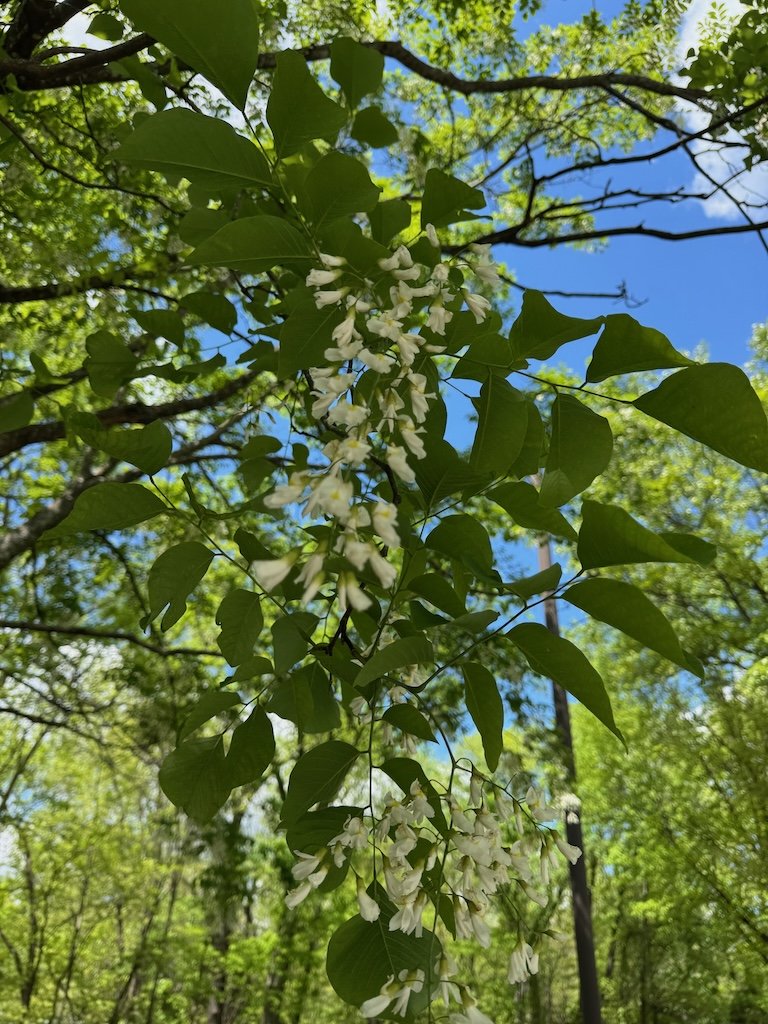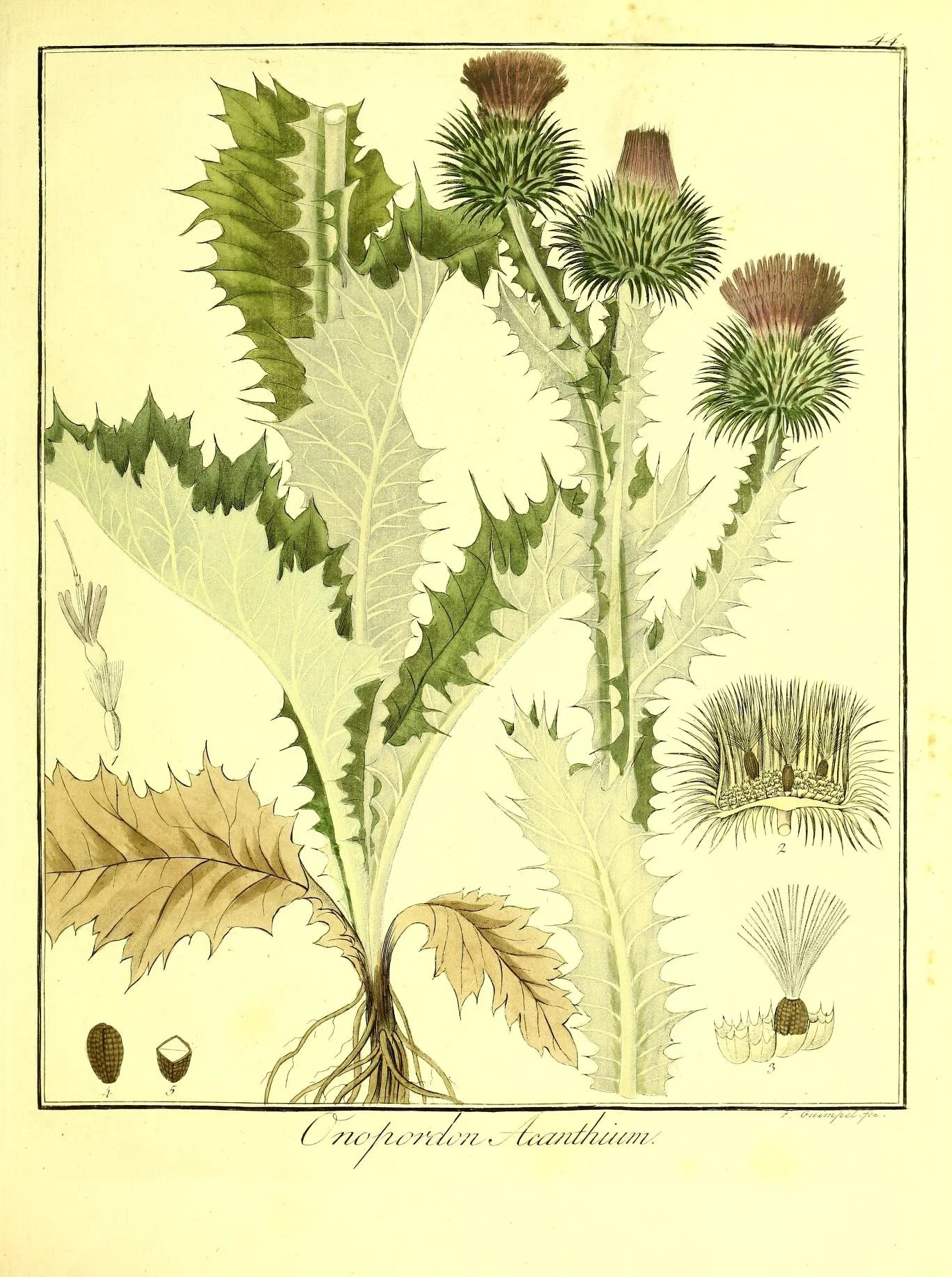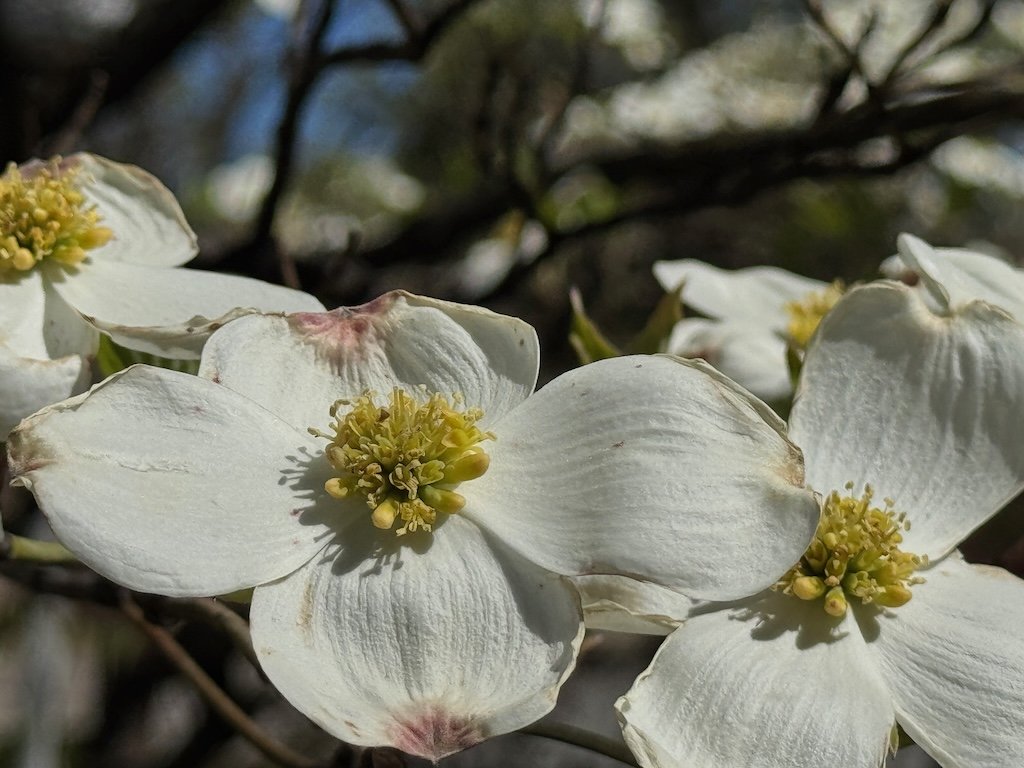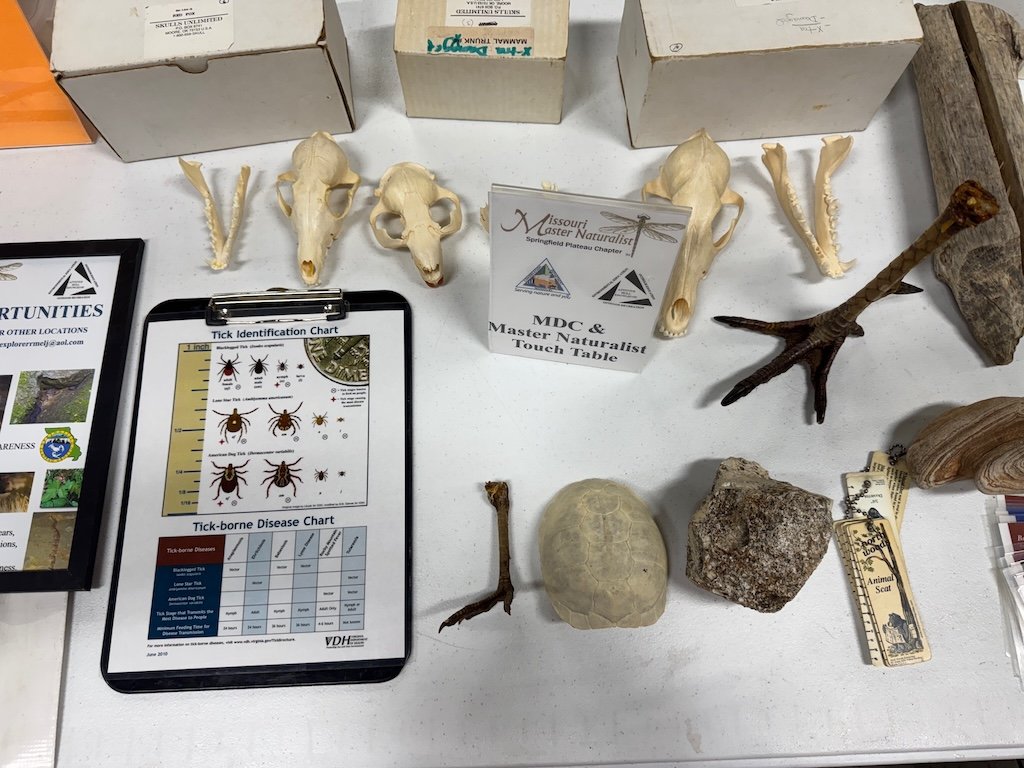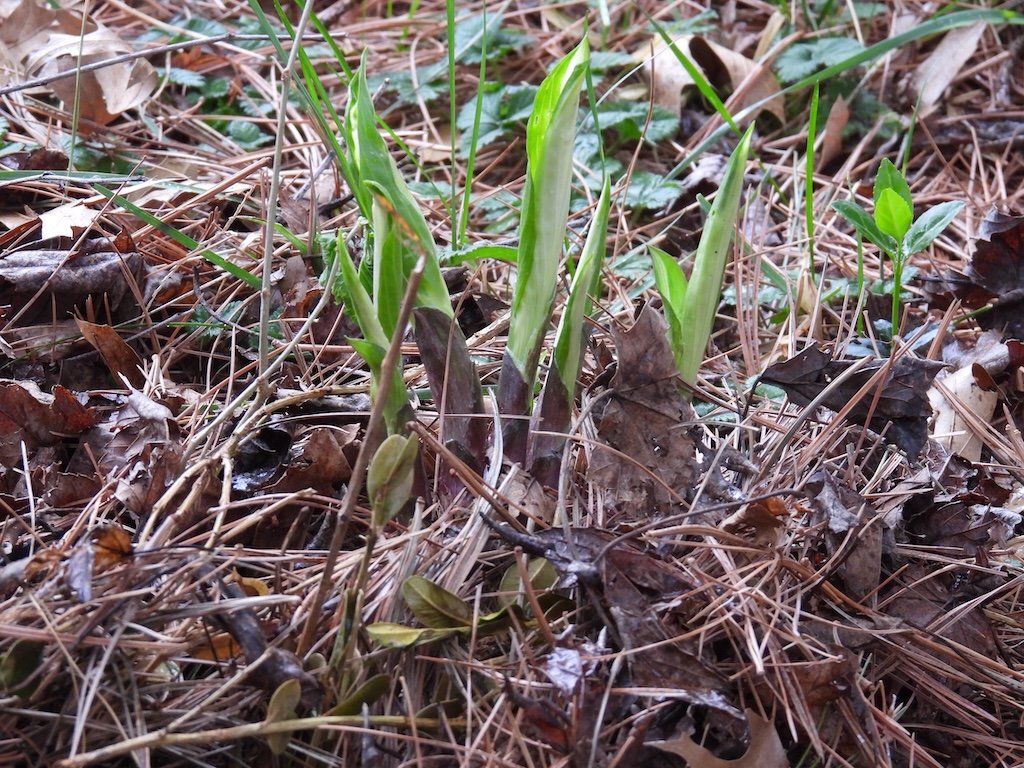Noah Brown’s Prairie
/I signed up for a guided tour offered by the Missouri Prairie Foundation of Noah Brown’s Prairie which is just to the east of Joplin MO. It is a prairie remnant with a reconstructed prairie adjacent to it. There were plenty of wildflowers to see in the hour and half we were there. Everything was wet from showers before we got there and for the first 15 minutes we were walking. Originally, I thought about writing this post as a wildflower id post…but when I looked at all my pictures I changed my mind….decided to just do a slideshow to give an idea of the ambiance of the prairie in May.
Of course, you can use the slideshow as an id challenge. Look for spiderwort, false dandelion, wood betony, Indian paintbrush (red, orange, and yellow), wild indigo (blue and yellow), prairie phlox, wild parsley, bastard toadflax, violets, rose, milkweed, shooting start (white and pink/purple), red sorrel….and of course lots of different kinds of grass.
There were 3 distinct areas that we walked through: the recently (last fall) burned area of the remnant prairie, the area that is due to be burned next fall, and the reconstructed area. The recently burned area was the easiest to walk through and had the most wildflowers. The area due to be burned next fall had a lot of thatch which made walking more challenging and not as many flowers. The reconstructed area is a work in progress. It had some non-native grasses and the only thing blooming was the red sorrel (non-native); it was somewhat difficult to walk through because it had dense clumps and then almost bare areas. The remnant prairie had micro-communities: some low areas that had standing water (vernal pools) and some mounds that had different plants than the surrounding areas.
I was very pleased to see the Indian paintbrushes up close since I noticed them blooming as I drove through Oklahoma last month….but didn’t find a convenient place to stop to see them better while I was driving.









































































































